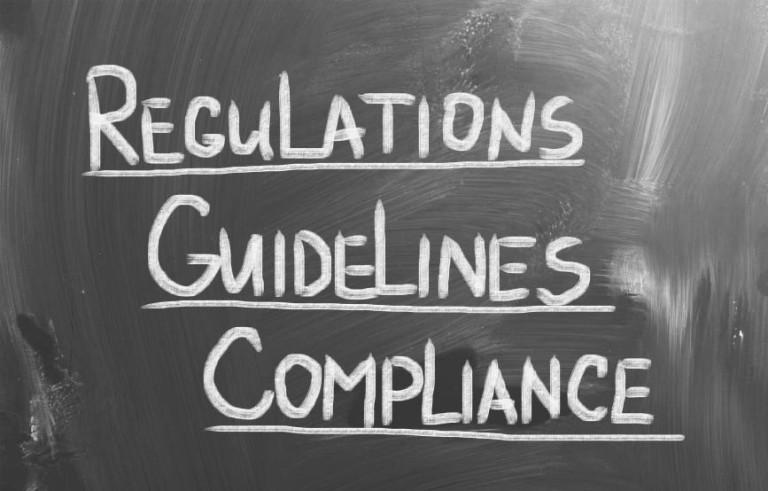All businesses use materials and supplies. The challenge from an accounting perspective is understanding when they can be currently deducted, when they must be capitalized, or when they are subject to some other tax treatment.
Tax framework for materials and supplies
After many years of failed attempts to clarify the tax treatment of materials and supplies, as well as other amounts paid to acquire, produce, or improve tangible property, last September the government issued final regulations; these are commonly referred to as the repair regulations. The regulation governing materials and supplies is Reg. Sec. 1.162-3.
Now the IRS has provided guidance on when and how to make accounting method changes in light of these regulations. The regulations took effect on January 1, 2014, and can be applied to 2012 and 2013 tax returns at the business' election. Thus, changing accounting methods in some cases is now necessary.
Definition of materials and supplies
Until now, the definition of material and supplies was often unclear. Under the regulations, material and supplies means tangible property that is used or consumed in business operations and is any of the following:
- A component acquired to maintain, repair, or improve a unit of tangible property
- Consists of lubricants, water, and similar items that are reasonably expected to be consumed in 12 months or less
- A unit of property that has an economic useful life of 12 months or less
- A unit of property that has an acquisition cost or production cost of $200 or less, or
- An item identified by the IRS as materials and supplies. To date, no new items have been identified, but previously identified items, such as inventory items for small businesses (less than $1 million in average annual gross receipts, or less than $10 million if they are not in certain industries) and smallwares used in the food and beverage industry, are treated as materials and supplies.
Two types of materials and supplies
The regulations address different ways of handling materials and supplies, depending on whether they are incidental or non-incidental.
- Incidental items are those for which no record or consumption is kept or no physical inventories at the beginning and end of the year are taken, such as basic office supplies.
- Non-incidental items are those for which a record of consumption or inventory is kept and can include items such as spare parts and inventory items for small businesses.
Tax write-offs for incidental and non-incidental items
The cost of acquiring incidental items are deductible in the taxable year in which these amounts are paid or incurred, as long as the write-offs clearly reflect income.
The cost of acquiring or producing non-incidental items may or may not be currently deductible. The business has four choices on how to handle the cost.
- Defer a deduction until the items are consumed.
- Elect to capitalize the cost and depreciate the items. This option applies to such items as rotable spare parts, temporary spare parts, and emergency spare parts (the definition of these parts is in the regulations). The election is made on a timely filed income tax return so that a depreciation allowance can be claimed starting for the year in which the parts are placed in service.
- Use an optional method of accounting for rotable and temporary (but not emergency) spare parts. Under this method, the cost is deducted when the parts are first installed.
- Elect to apply a de minimis rule that permits a current deduction up to a set dollar limit per invoice.
De minimis rule
The cost of acquiring or producing materials and supplies need not be capitalized and the de minimis rule applies if all of the following conditions are met:
- There is an applicable financial statement, or AFS (e.g., a statement filed with the Securities and Exchange Commission; an audited financial statement; a statement other than a tax return required to be provided to an agency of the federal or state government other than the IRS or SEC)
- At the beginning of the business' year there is a written accounting procedure in place treating as an expense for non-tax purposes the amount paid for property costing less than a certain dollar amount (the maximum dollar amount depends on whether or not there is an audited financial statement)
- The business treats the amount paid during the taxable year as an expense on its financial statement in accordance with its written accounting procedures
- The amount paid for the property does not exceed $5,000 per invoice or item if the business has an AFS ($500 per invoice or item without an AFS).
For example, a company with an AFS buys 100 laptops at a cost of $1,800 each. Assuming the company meets the conditions for the de minimis rule and has fixed its written accounting procedure as permitting a deduction for items up to $5,000, it can deduct $180,000 for these items.
The de minimis rule can be elected annually, as long as a written accounting procedure is in place at the start of the year. If elected, it must be applied to all items to which the de minimis rule applies.
Impact on accounting methods for non-incidental materials and supplies
If a business has treated the cost of non-incidental materials and supplies in one way and wants to make a change to defer the deduction, elect to capitalize the cost, or use an optional method of accounting for rotable and temporary spare parts, this is considered a change in accounting method. However, they are considered automatic changes in accounting method. The following designated automatic accounting method change numbers (DCNs) apply:
- Change to deducting non-incidental materials and supplies when used or consumed: 186
- Change to deducting incidental material and supplies when paid or incurred: 187
- Change to deducting non-incidental rotable and temporary spare parts: 188
- Change to the optional method for rotable and temporary spare parts: 189
The IRS has streamlined how a small business (average annual gross receipts of $10 million or less for the three preceding tax years) makes a change in accounting method on Form 3115. Less information is required to be entered on the form than usual.
If a business wants to elect the de minimis rule, this action is not a method of accounting. The business does not have to file anything with the IRS to use the rule. It must make sure that there is a written accounting procedure in place at the start of the year.
Income adjustments for changing accounting methods
If there is a change accounting method, a Sec. 481(a) adjustment to income is necessary. There will be a negative adjustment (a give back in income) if the change is from a more favorable to a less favorable accounting method; there will be a positive adjustment (a deduction) if the result is the opposite.
Conclusion
Application of the new regulations concerning the tax treatment of materials and supplies can produce favorable to unfavorable results for a business. It may have to make a change in accounting method and make an income adjustment. However, the flexibility and options under the final regulations should be explored for optimum results in a particular situation.










